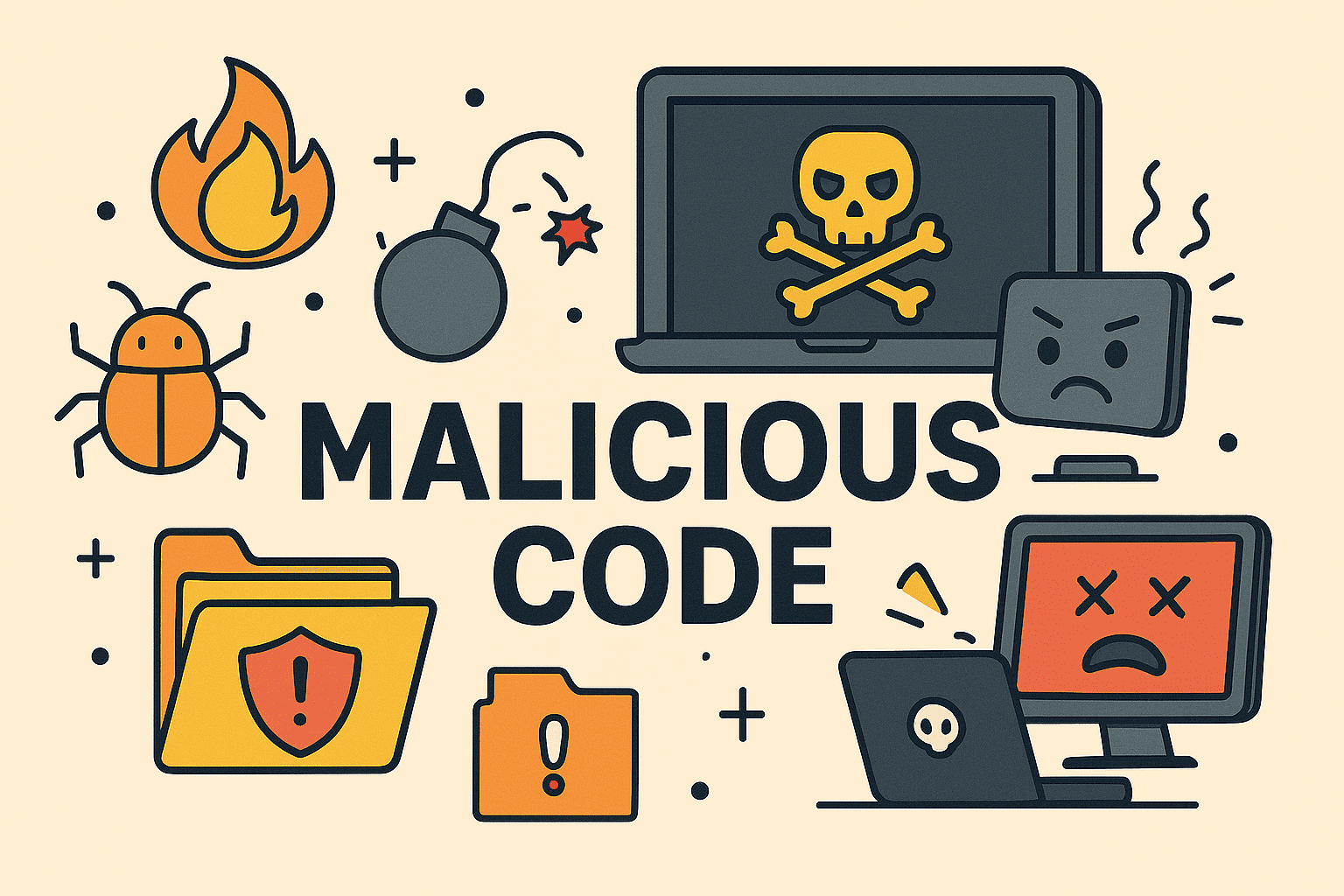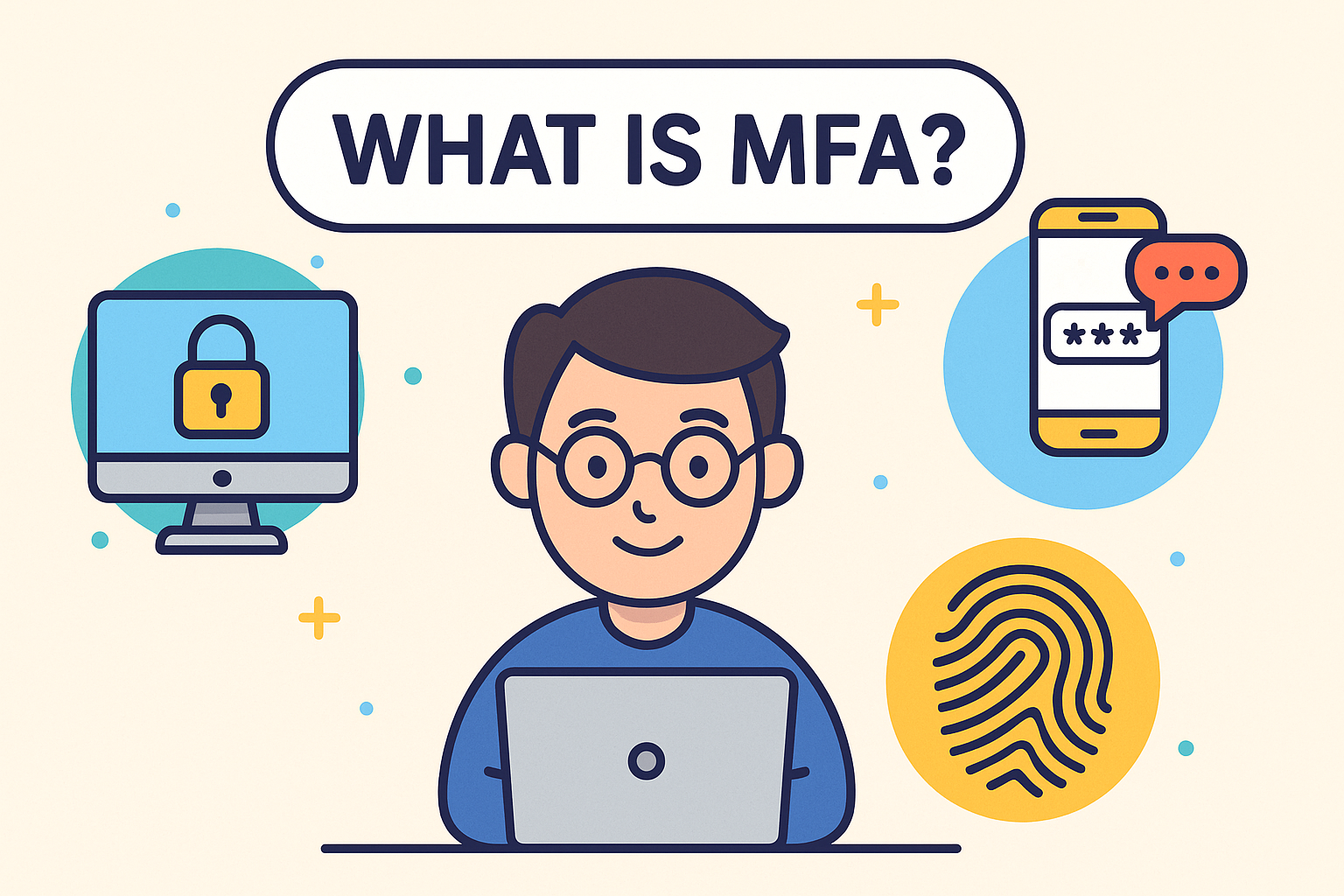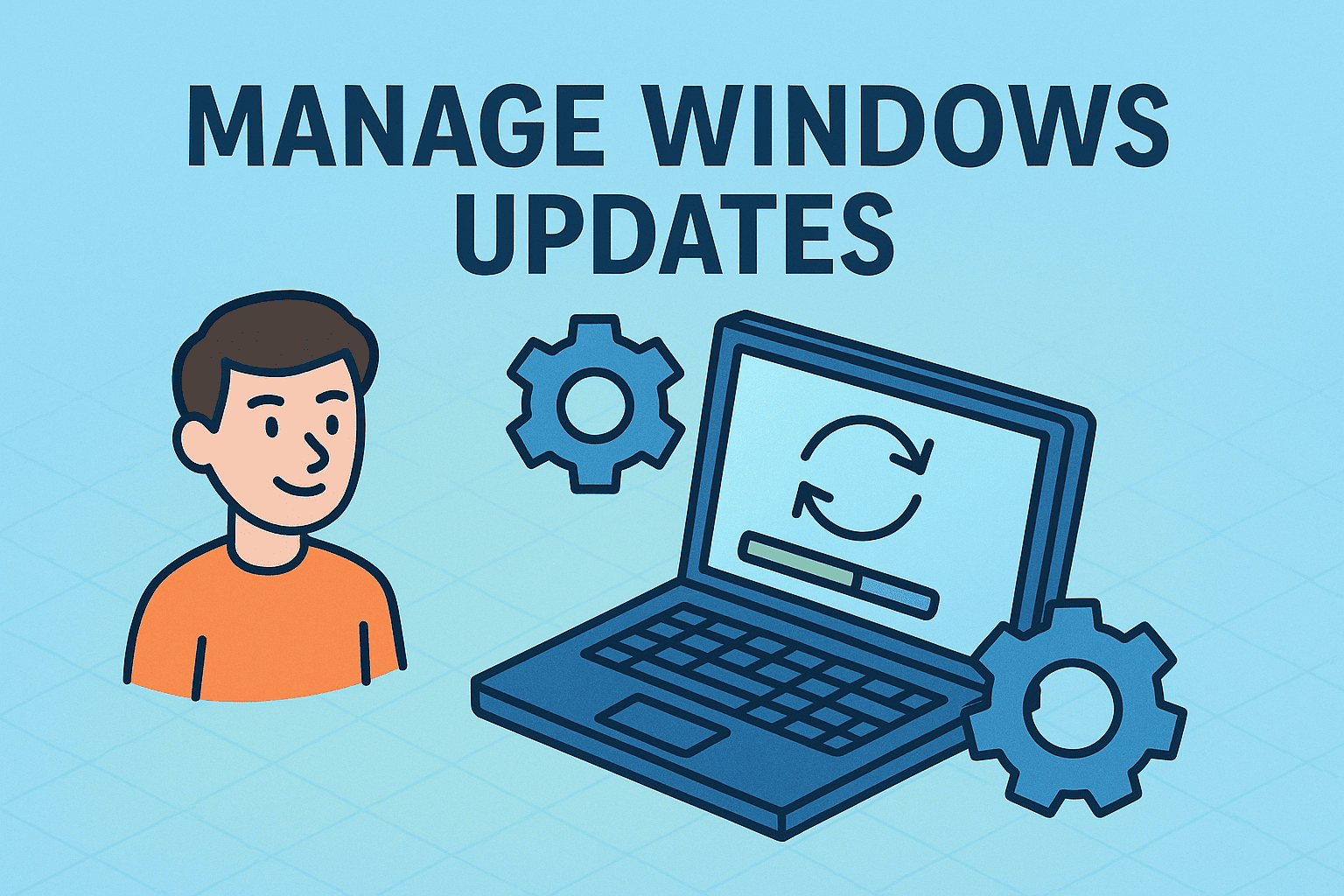Understanding Malicious Code
Updated on July 9, 2025, by ITarian

What happens when a single line of code brings your business to a halt? The question how can malicious code do damage isn’t just academic—it’s a critical cybersecurity concern for IT leaders, CISOs, and CEOs alike.
From ransomware shutting down hospitals to spyware leaking classified data, malicious code has evolved from a nuisance to a serious business threat. In this guide, we’ll explore the effects of malicious code on systems, different types of threats, how they infiltrate, and most importantly, how to prevent them.
Malicious code—also known as malcode—is any script or software intended to harm, disrupt, steal, or exploit digital systems. Unlike regular bugs or errors, malicious code is deliberately designed to cause damage or gain unauthorized access.
Examples include:
- Viruses
- Worms
- Ransomware
- Trojans
- Keyloggers
- Backdoors
- Rootkits
- Logic bombs
These threats can be embedded in files, web pages, emails, and even in third-party applications.
How Can Malicious Code Do Damage?
The damage caused by malicious code can be immediate, long-term, or even invisible until it’s too late.
Common Damage Scenarios:
- System Corruption – Files deleted or modified, registry keys altered
- Data Theft – Sensitive information stolen (e.g., financial records, customer data)
- Network Disruption – Slowed or disabled networks due to DDoS attacks or worms
- Backdoor Access – Hackers gain silent entry into systems
- Unauthorized Surveillance – Through keyloggers or spyware
- Financial Loss – Via ransomware demands or regulatory penalties
Once activated, malicious code can operate silently, cause chaos, or wait until triggered—highlighting the urgent need for real-time protection and awareness.
Effects of Malicious Code on Systems
Whether it’s a single PC or an entire enterprise network, the effects of malicious code on systems can be devastating:
- Sluggish Performance – CPU and memory usage spike as malware runs in the background
- System Lockouts – Ransomware encrypts files and blocks access
- Data Loss – Files get corrupted or wiped
- System Crashes – OS instability caused by corrupted libraries
- Persistent Infections – Malware that reinstalls after reboot due to rootkits
The longer the infection goes undetected, the greater the operational and financial toll.
Types of Damage Caused by Malware
Understanding the types of damage caused by malware helps security teams prioritize responses.
1. Operational Damage
- Slows down or halts business operations
- Impacts server uptime and application availability
2. Reputational Harm
- Breaches can erode public and stakeholder trust
- May trigger negative press and customer churn
3. Legal and Regulatory Risks
- Non-compliance with data protection laws like GDPR or HIPAA
- Penalties and lawsuits from affected users or clients
4. Financial Loss
- Direct theft via banking trojans
- Ransom demands
- Cost of forensic analysis and incident response
5. Intellectual Property Theft
- Exfiltration of source code, product blueprints, or sensitive business plans
How Malicious Code Affects Cybersecurity
Malicious code directly threatens the confidentiality, integrity, and availability (CIA triad) of data. Here’s how it impacts cybersecurity across industries:
- Phishing-Driven Malware: Tricked users execute malicious macros or attachments.
- Drive-by Downloads: Malware loads silently through compromised websites.
- Software Supply Chain Attacks: Trusted vendors inadvertently distribute infected code.
- Insider Threats: Disgruntled employees inject malicious scripts into company systems.
- IoT Vulnerabilities: Exploiting smart devices to open backdoors or launch botnets.
Ultimately, how malicious code affects cybersecurity lies in its adaptability—it evolves to bypass firewalls, antivirus programs, and human awareness.
Detecting and Preventing Malicious Code Attacks
Proactive Steps for IT Managers and Security Leaders:
- Use endpoint protection with behavioral detection capabilities
- Deploy intrusion detection systems (IDS/IPS)
- Apply the principle of least privilege (PoLP)
- Regularly patch and update software
- Educate employees on phishing and suspicious links
- Monitor logs for anomalies or unauthorized access
Real-World Examples of Malicious Code in Action
WannaCry Ransomware (2017)
Paralyzed thousands of systems globally. Hospitals, factories, and government agencies were affected due to unpatched Windows vulnerabilities.
SolarWinds Attack (2020)
State-sponsored hackers injected malicious code into a software update, compromising U.S. government and Fortune 500 systems.
Pegasus Spyware
Used to silently surveil smartphones, bypassing encryption and capturing messages, calls, and locations.
Frequently Asked Questions (FAQ)
1. What is the most common way malicious code enters a system?
Phishing emails with infected attachments or links remain the top method.
2. Can antivirus software detect all types of malicious code?
Not always. Sophisticated threats use evasion techniques. Behavioral monitoring and AI-based detection are more effective.
3. What’s the difference between malware and malicious code?
Malicious code is a broad term encompassing all types of harmful code, while malware refers specifically to executable programs designed to damage.
4. How long can malicious code stay undetected?
Some forms, like APTs (Advanced Persistent Threats), can stay hidden for months or even years before discovery.
5. Is all malicious code intentional?
Yes. While bugs or programming errors are accidental, malicious code is written with the intent to harm or exploit.
Final Thoughts
Now that you understand how can malicious code do damage, it’s clear that no organization is immune. The threat isn’t just technical—it’s operational, financial, reputational, and regulatory. From phishing attacks to deep system compromise, the risks are real and evolving.
Preventing these attacks requires more than just software—it takes awareness, policies, and constant vigilance.
👉 Looking to secure your organization from malicious threats?
Start protecting your endpoints, automating responses, and managing devices with precision.














